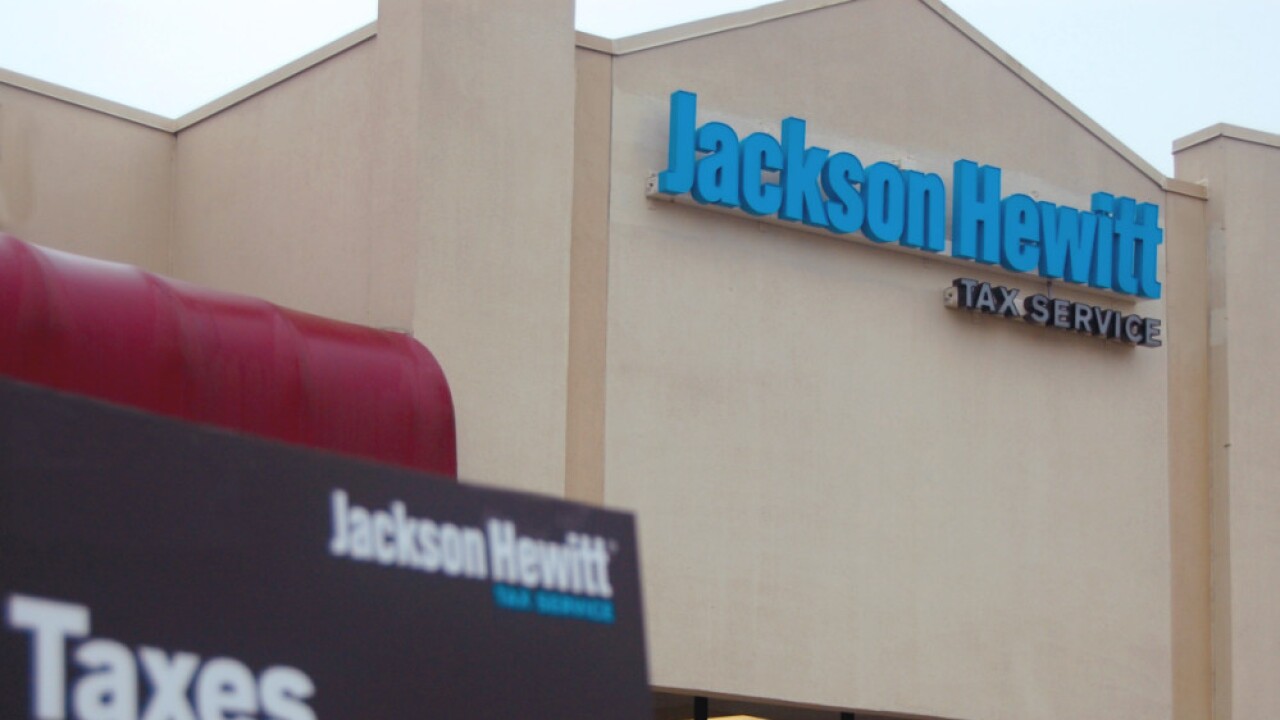Both the Government Accountability Office and the Treasury Inspector General for Tax Administration have some advice for the Internal Revenue Service.On the heels of an IRS decision to focus on S corporations in order to zero in on the compliance problems of small businesses, the TIGTA issued a report calling on the IRS to improve its efforts against employment tax noncompliance. The GAO also weighed in in the same week with its report, "Tax Compliance: Better Compliance Data and Long-term Goals Would Support a More Strategic IRS Approach to Reducing the Tax Gap."
Employment tax represents a significant portion of IRS receipts, as well as an estimated significant portion of the tax gap, according to the TIGTA. Taxpayers filed over 30 million employment tax returns in fiscal year 2004, accounting for the largest component of business tax returns, and second only to individual returns in terms of all returns filed.
Meanwhile, the GAO report revealed that the IRS has concerns about the accuracy of its tax gap figures, and has inadequate data to determine why taxpayers don't comply with the tax laws. The GAO report concluded that the IRS has not established long-term goals and does not regularly collect data to measure its progress toward closing the estimated $350 billion tax gap.
An earlier GAO report, "Tax Administration: IRS Can Improve Its Productivity Methods," was released in July. It also noted the IRS's inability to accurately measure results. The IRS agreed with the recommendations in both reports to address these problems.
"Coupled with the previous GAO report, this study confirms that the IRS must forge a plan of attack immediately to seize control of the tax gap," said Sen. Max Baucus, D-Mont., ranking member of the Senate Finance Committee. "It is unacceptable that report after report demonstrates the IRS's inability to set goals and measure its performance. It is not enough to agree with the recommendations - the IRS needs to start delivering."
"Things aren't as bad as some would represent," said Paul Cinquemani, a CPA and director of government relations at the Appleton, Wis.-based National Association of Tax Professionals.
"Although the IRS may have been behind the times in the past in their technology, they're on a path toward having a more complete database," he said. "They're already using more electronic data. They'll soon have more sophisticated tools."
The IRS Small Business/Self-Employed Division has addressed employment tax compliance partly through the National Research Program and partly by an employment tax strategy, according to the TIGTA. Over the course of three years, the IRS randomly selected about 46,000 returns for review and examination.
These audits, largely completed by the fall of 2004, showed that slightly more than 6 percent of individual taxpayers filed Schedule C as sole proprietors in tax year 2001. The IRS estimates that taxpayers who file self-employment tax returns contribute between $51 billion and $56 billion to the employment tax gap.
Although this gives the IRS what it believes is an accurate picture of self-employed taxpayer compliance, Form 941 filers were not a part of the NRP examinations. As a consequence, the SB/SE Division developed an employment tax strategy to deal with the payroll tax portion of employment tax.
The tax data reported on employment tax series forms have not been evaluated for over 15 years, according to the TIGTA. While the current level of reporting compliance is not known, there are no plans to include these returns in the NRP. Compounding this is the fact that the examination rate for employment tax returns is less than a tenth of 1 percent - the lowest rate of any business tax return.
The TIGTA said that the employment tax underreporting data for these returns has an adverse impact on developing an overall effective employment tax strategy.
"While the president and Congress debate over fixing the Social Security system to ensure future recipients have benefits, the IRS does not know whether all Social Security taxes are being reported and paid," the TIGTA said.
The TIGTA suggested that the IRS use its Combined Annual Wage Reporting program and its examination program to enhance its employment tax strategy and reduce the tax gap.
Ideally, amounts reported on Form W-2 and Form 941 should match. When employers report more wages on Form 941 than what they report on a W-2, it might indicate that workers are not getting credit for the wages they earned towards Social Security retirement benefits. When the opposite occurs - more wages are reported on Forms W-2 than on Forms 941 - there could be unreported and, therefore, unpaid tax. The IRS has recently decided to work these cases, and the results show promise, according to the TIGTA.
For example, over $1 billion of additional tax was assessed on a review of tax year 2002 employment tax forms under the CAWR program and by examination. According to the IRS figures, there are 720,612 Forms 941 for the tax year of 2003 that might owe tax.
The TIGTA said that the IRS should develop some methodologies designed to evaluate the extent of underreporting by employers. In addition, it recommended that consideration be given to incorporating Form 941 in the NRP program through the examination process, or using the CAWR program to evaluate the accuracy of employment tax data reported on Form 941.
The tax gap can't be fully addressed without accurate data, according to Sen. Chuck Grassley, R-Iowa, chairman of the Senate Committee on Finance.
"Good numbers on tax compliance still remain rare," he explained. "The IRS needs more precise information about the tax gap in order to better target its resources and, as a result, stay focused on the tax cheats and leave the honest taxpayers in peace."





